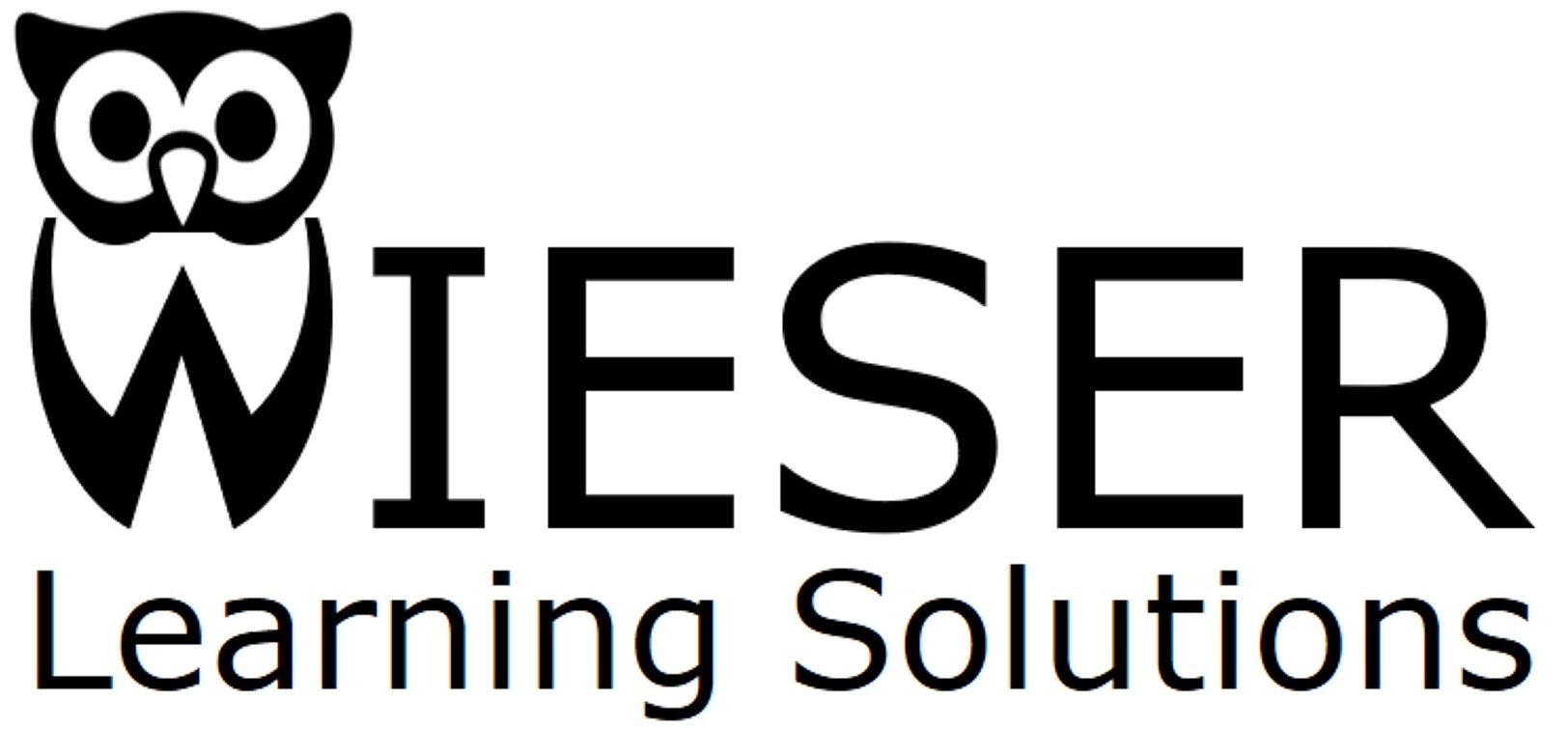Level 3 eLearning includes moderate interactivity or complex interactions that are ideal for topics that require higher-order thinking, problem-solving, and decision-making skills. Learners are required to actively engage with the content and there is more scope for exploration and customization. It's also great for engaging learners in more complex and immersive learning experiences that often include interactive elements such as software simulations, games, adaptive scenarios that personalize the learning experience based on the learner's performance and preferences.
Time and Cost
Developing Level 3 eLearning is time-consuming and resource-intensive. The amount of time and the cost of developing Level 3 eLearning can vary widely depending on the complexity of the project, the number of modules, and the level of customization, ranging from weeks to multiple months to develop.
When to Use:
Organizations should consider using Level 3 eLearning when they need to provide a realistic learning environment that allows learners to practice skills and apply knowledge in a safe and controlled setting. This level is best suited for complex and high-stakes training programs, such as technical or software training. It is also ideal for learners who require a highly engaging and interactive learning experience.
Examples:
- Software simulations
- Role-playing simulations
- Case studies
- Scenarios with adaptive learning paths
- Interactive videos and animations
- Gamification elements (e.g., badges, leaderboards)
- Virtual reality experiences
See a shortened and simplified Level 3 eLearning example that uses a software simulation (Try It Yourself section).
Advantages and Disadvantages
Advantages
Level 3 eLearning can:
- Provide a highly engaging and immersive learning experience that uses simulations, branching scenarios, and personalized learning paths to help learners better retain information and stay motivated.
- Allow for greater flexibility and personalization; learners can choose their own paths through the content, select topics they need to focus on, or skip topics they already know.
- Mimic real-world situations, allowing learners to practice skills and apply knowledge in a safe and controlled setting.
Disadvantages
Level 3 eLearning can:
- Be time-consuming and requires significant resources to develop, taking weeks or even months to develop a single module.
- Be more expensive than Levels 1 and 2 due to the increased complexity and resources required.
- Require learners to have access to specialized hardware or software.
In conclusion, Level 3 eLearning can provide a highly engaging and immersive learning experience that is ideal for complex and high-stakes training programs. However, it also requires significant time and resources to develop, and it may not be feasible for organizations with limited resources. Wieser Learning Solutions can help your organizations determine if Level 3 eLearning is right for your schedule, budget, and learners' needs.

